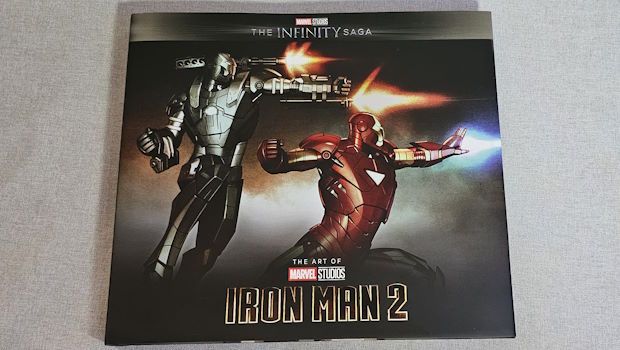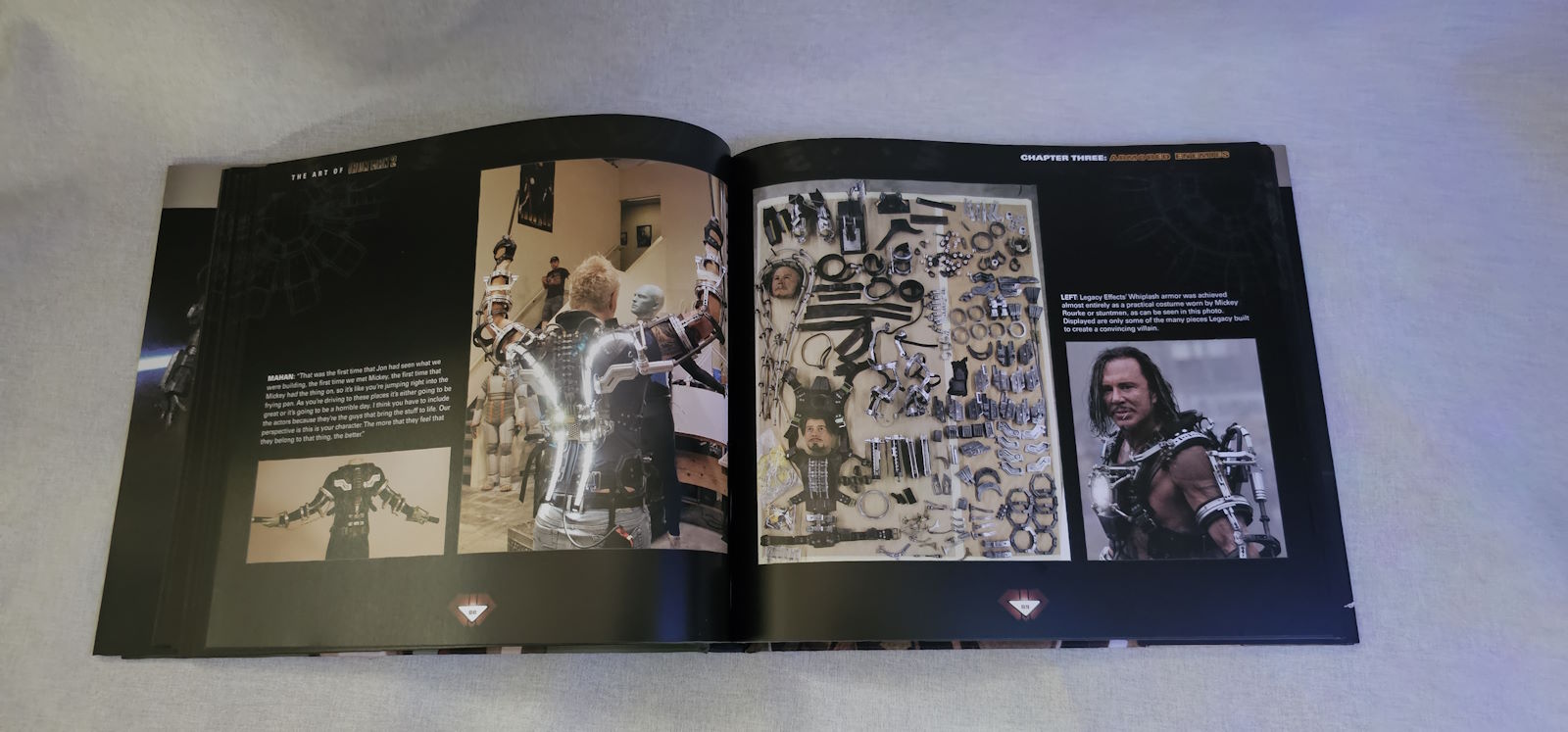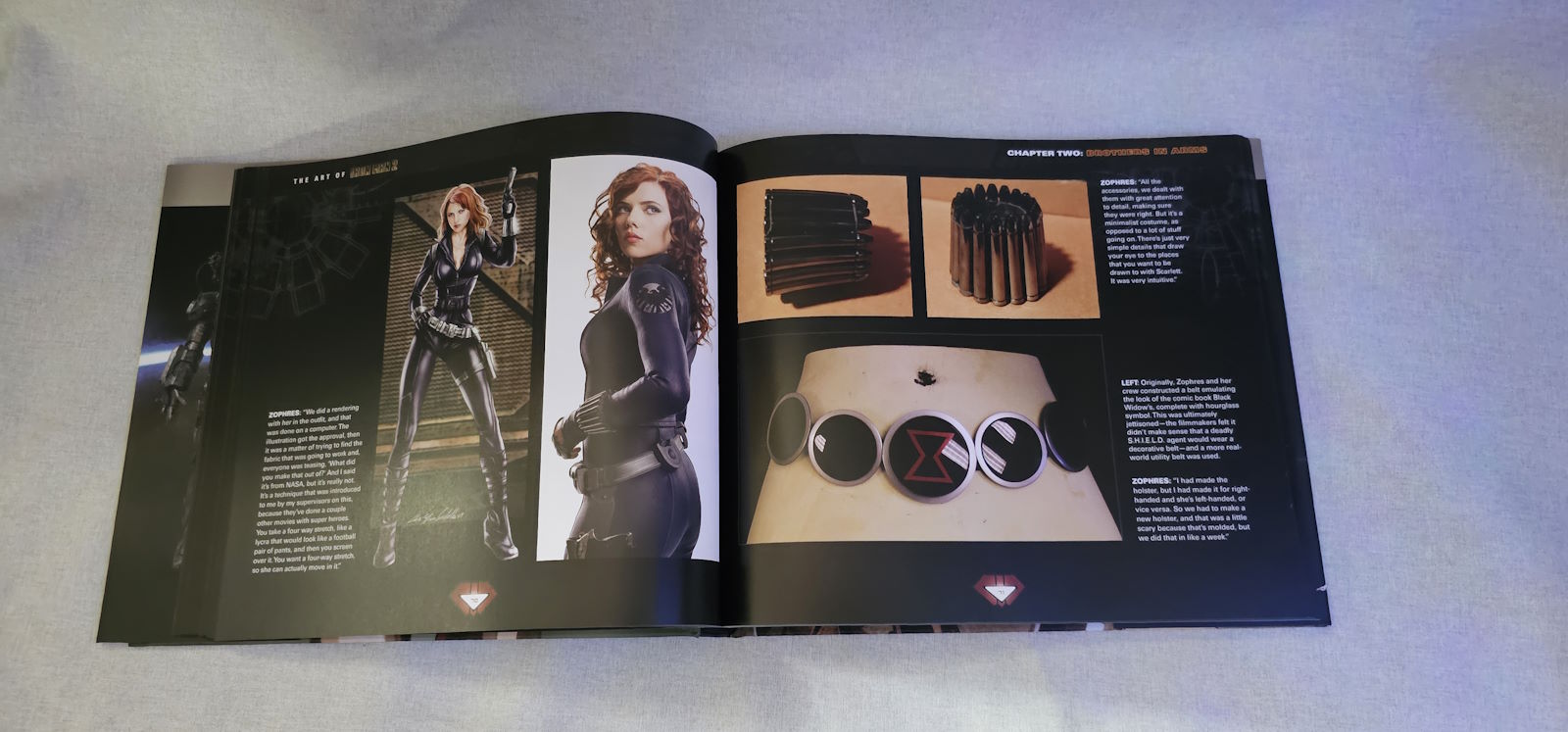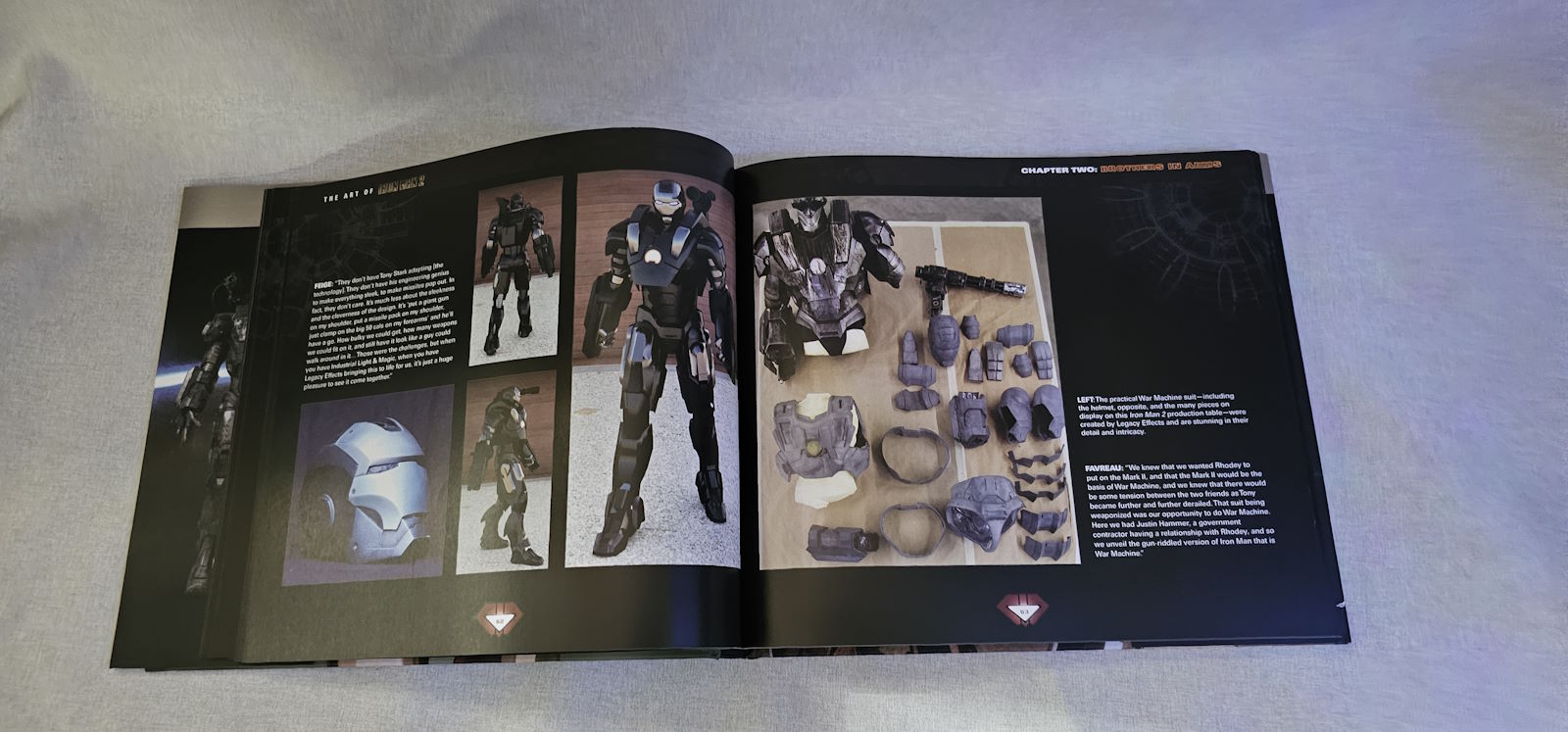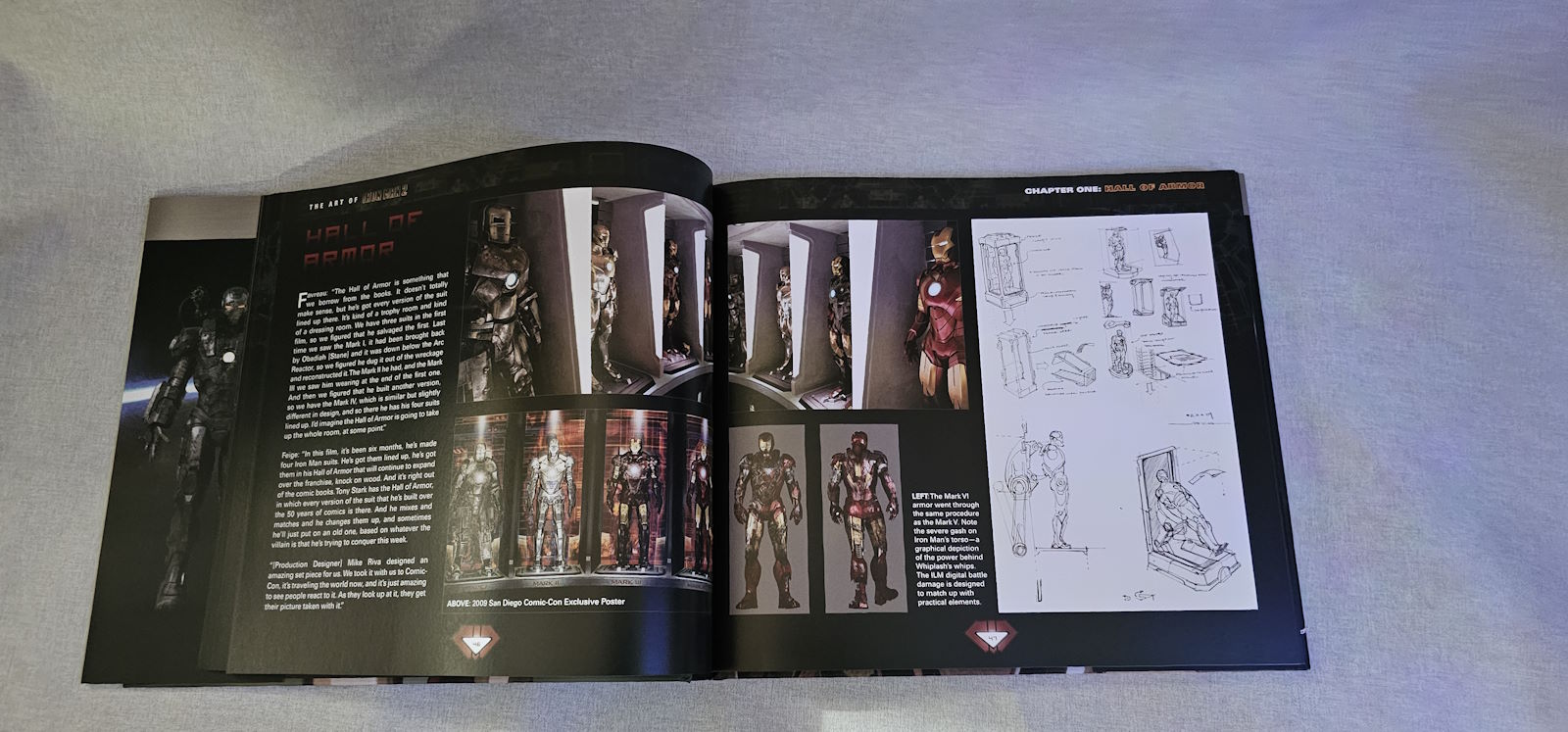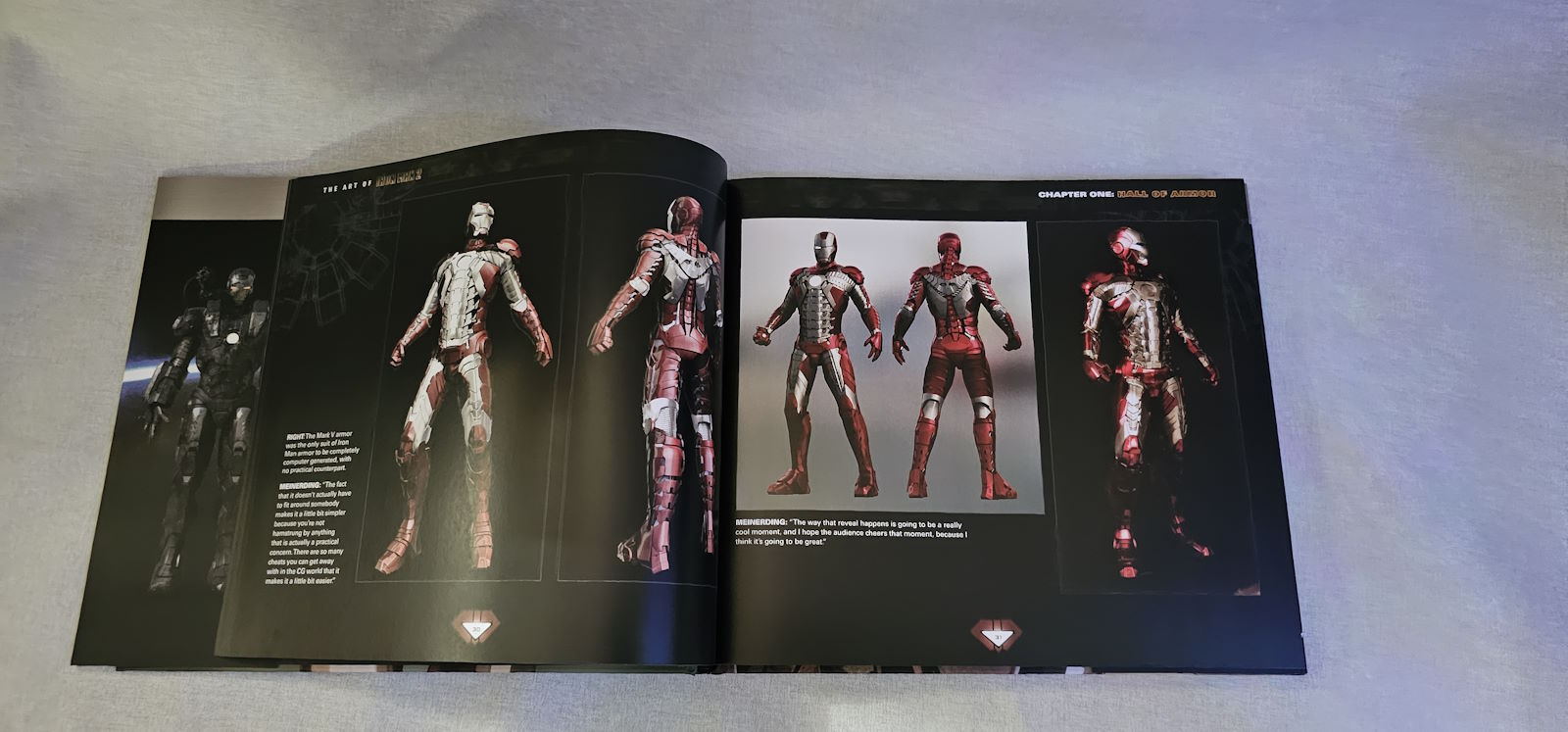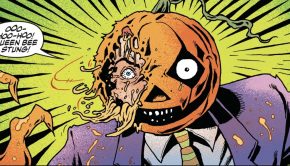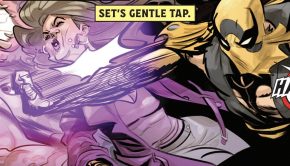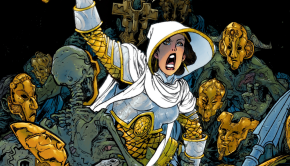The Art Of Ironman 2 Book Review
Summary: Go on a voyage of iteration and marvelous creation with The Art Of Ironman 2.
5
Inside Ironman
I’m a very visual person, I love art and movies and what can be conveyed through the visual medium. I also love learning about how visions come to life, the process of design and creation that takes place to produce a complete world for a viewer to enjoy. The Art Of Ironman 2 takes us on that journey, exploring the comic book to screen process and how things changed from the first movie to the second and what those changes need to be and needed to show for the progression of the characters.
From the moment I heard Jon Favreau in a behind the scenes moment for the first Iron Man movie talking about how he wanted to use practical effects as much as possible because (at the time) digital just wasn’t quite there yet… I knew he was a creative whose vision I could get behind and respect. That respect and appreciation only grew with the foreward he has provided for this book in which he gives credit to all those people whose very job is to make their work as invisible as possible. The artists whose job is to make their work blend into the world of the movie so seamlessly that you don’t give it a second thought… yet if they did a bad job it would stand out like a sore thumb. Mr Favreau giving them credit, to me, shows he truly appreciates just how hard they all work and how important their contribution is to the film.
The Art Of Ironman 2 is, in many ways, the document of a portion of the hard work the creative team put in to bring the movie together. We get to see the design options for certain elements… comparison shots to determine just how battle damaged the Ironman suit needs to be after the first clash with Whiplash to show it was a tough battle but not something Ironman couldn’t survive.
Little notes about the original comic versions of characters and how they were “translated” to the screen give a nice bit of insight into the process of adapting material from one medium to another. Images of the practical pieces of costume and explanations about how they worked and why, or notes about the process of going from one design to another and how each step brought things closer to the one used in the film just goes to show how much time and effort goes in to making sure the finished product is just right.
Some storyboards have been included as well to show what the team had to work with for figuring out the elements of the scene, what characters are required, what costumes, what background, what props and then there are pages that show some of those costumes, props and background visuals. Each step of the way has it’s own production element, the creation of scale models of buildings and scenes to get a better feel for what the filming environment will be, digital rendering of various options for a look to save the practical team time in creating the shooting items/costume. For a film buff it’s all fascinating stuff. For an art fan and or a person into making their own props or gadgets… there is so much here to dig into and explore.
Final Thoughts?
If you love behind the scenes material or you’re a cosplayer, there is a lot of material here that will likely keep you busy for hours, reference images for perfecting your own Ironman suit or just learning why they made certain choices… it’s a great book and a lovely reference piece to have on the shelf, highly recommended.


